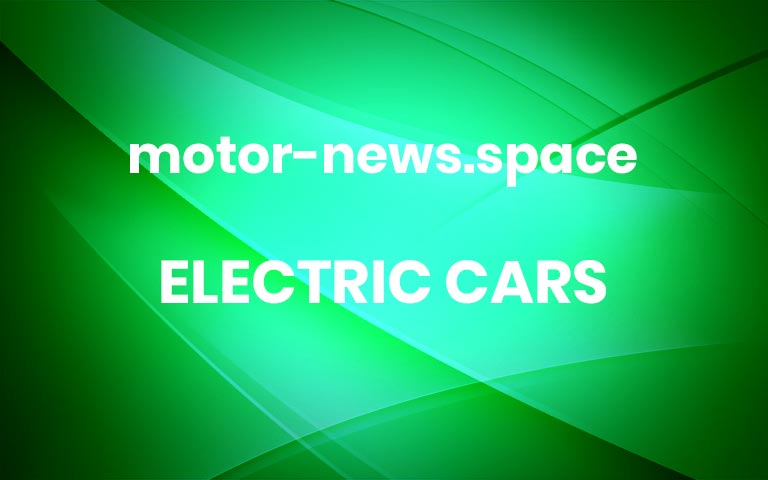Tesla Plays Hardball, May Prompt Reduction In Import Duty Ahead Of Launch
Image for illustration onlyWhile the 100% import duty for cars encourages local manufacturing, newer policies may adopt a more flexible approach towards EV importsLast year, India had emerged as the world’s third largest auto market, after China and the US. The Indian automotive space has huge unlocked potential, especially in the EV segment. Tesla is looking at opportunities in India, but has strongly opposed the high import duty taxation regime.Possibility of reduced 15% import duty for EVsTalks between Tesla and the government have been going on for several months. While the company is willing to invest around USD 2 billion in India, it wants concessions on the import duty. The current tax structure of 100% import duty for cars valued over USD 40,000 (approx. Rs 33 lakh) is way too high, according to Tesla. For cars below USD 40,000, the import duty is 60%.File photo from 2023. Elon Musk and Narendra ModiTesla wants to use the CBU route, at least for the initial period. Tesla has been negotiating that import duty be reduced to 15%. While the government has also taken a tough stand, it appears that a more flexible import policy for EVs could be announced soon. As per ET Auto report, the new policy will allow reduced import duty on the condition that the OEM commits investments for setting up local manufacturing.To safeguard its interest, the government is likely to ask for bank guarantees from the OEM. The relaxation in import duty will be valid for a period of 2-3 years. If the OEM fails to provide investment for local manufacturing after the relaxation period, the government will have the option to encash the bank guarantees. The exact amount of bank guarantees is yet to be finalized. Bank guarantees will ensure that only OEMs that are serious about long-term presence in India get the benefits of reduced import duties.Other global brands can also benefitWhile Tesla may be credited for nudging policymakers to adopt a more flexible approach, other leading global automotive brands can also benefit. A recent example is Ford that seems to be planning a re-entry in India. Ford had recently trademarked Mustang Mach-E electric compact crossover SUV in India. Just like Tesla, Ford may also benefit from the new taxation policy being drafted for EV imports.Bad news for local OEMs?As the full details of the new EV import policy is not available, it is difficult to determine the impact on homegrown automakers. The new policy is likely to have adequate provisions to ensure that locally manufactured EVs continue to offer more value to consumers. The Indian auto industry will be looking at a level-playing field and not a system that provides an unfair advantage to carmakers like Tesla.Companies like Mahindra and Tata Motors have made massive investments to boost their EV business. The new EV policy should incentivize local manufacturing, which will bring investments, create jobs and increase technical know-how. More clarity will emerge when one gets to read the details of the upcoming EV import policy.Source More


